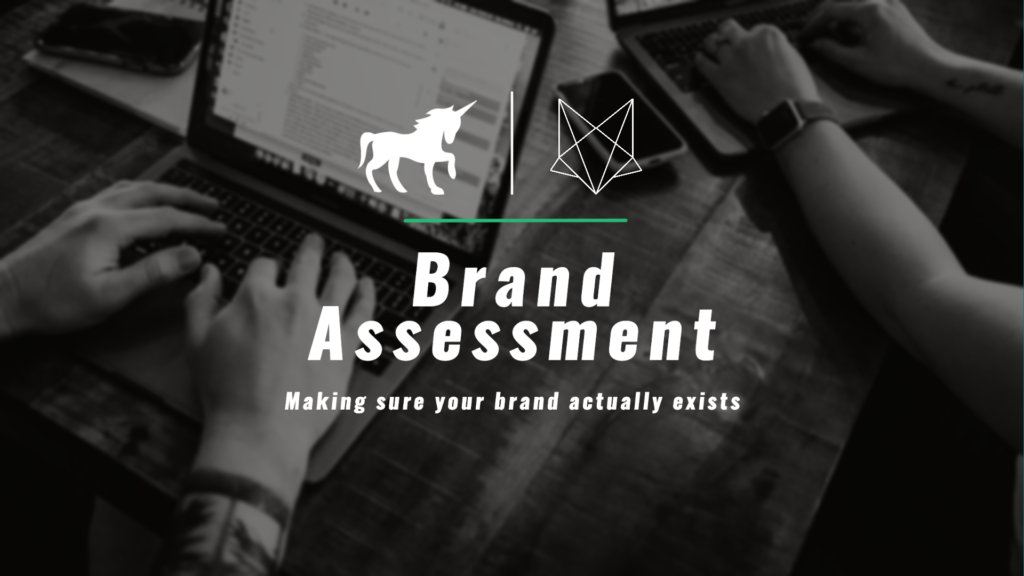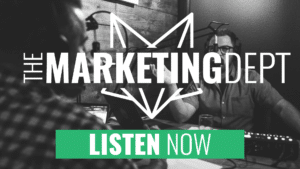
5 Tips to Create an Effective Landing Page
Time To Read: 3 minutes5 TIPS TO CREATE AN EFFECTIVE LANDING PAGE
Hubspot describes landing pages as a way to enable your business to direct site visitors to better-targeted pages that have the ability to capture leads at a much higher rate than forms on other web pages. Lead generation relies on landing pages and the lead-capture forms that come with it. It is an effective option to convert website visitors into leads and reconversions down the road. Due to its direct and targeted identity, capture leads occur at a much higher rate than any other web page. Here are 5 tips for creating and optimizing landing pages.
1. Select a Landing Page Goal
This tip may seem obvious, but make sure your landing page goal is chosen wisely. Whether it is newsletter signup or sale of a product or service, select one goal per landing page. Hubspot states that “landing pages focus your visitors’ attention on one particular offer, limiting the distractions of everything else on your website. Visitors are on a landing page for a single purpose: to obtain an offer by completing a lead-capture form.” Choose a desirable offer that will lead your audience to complete a lead-capture form.
2. Basic Elements Needed
Start with the basic elements of a headline. Make sure to match the landing page headline to the call-to-action. It makes it clear to the audience what they can expect. You run the risk of losing trust with your audience if your headline doesn’t match the call-to-action or lead to confusion, all hindering lead capture. Create a brief offer description with a clear statement of the value. Be sure to include at least one supporting visual element, whether graphic, photo, or video. The most important element to include in your landing page is the lead-capture form.
3. Content: A Critical Component
Keep this offer description brief and clear. Emphasize the offer’s value by highlighting the benefits it offers. You want to provide your audience with a compelling incentive to download, subscribe, buy, etc. Don’t just include produce or service specifications; your target audience will most likely have that information available on the main webpage. Direct your content to specify how the offer addresses a problem or need your target audience face.
4. Less is More
Embrace space when it comes to the layout of the landing page. As mentioned before, you don’t want to overwhelm your audience with too much information, visuals, and other offers. By integrating less distractions, your target audience will know exactly what you want them to do.
5. Lead-Capture Form
In your lead-capture form, only ask for the information you really need. If you’re asking for personal information, reduce anxiety with proof elements like security seals. It helps to make the form appear shorter. If it looks like it would take a long time to fill out, the user may refrain from filling it out due to a “lack of time.” Do this by reducing the spacing between fields or by aligning titles to the left of each field. Avoid using the word “Submit” on your lead-capture form. Instead, use a phrase that displays how it will benefit your audience. For example, “Get Your Free eBook” or “Download Your Coupon.”
Bottom Line
According to HubSpot’s Marketing Benchmarks Report, companies see a 55% increase in leads when increasing their number of landing pages from 10 to 15. Your business can generate leads to more offers and landing pages that are created. It is targeted content to better appeal to all the personas your business targets. Landing pages can be effective if appropriately strategized. Designate a goal for the landing page and include the basic elements for it to capture the most leads. Write copy that is descriptive and clear. Avoid product or service specifications; instead, write about how it can help them solve their problems or serve their needs. Highlight the value the offer can provide. Plan out a simple layout, embracing space and the less-is-more concept. Develop a lead-capture form that intrigues your audience to fill out. With these 5 tips, your business will have effective landing pages and ultimately generate leads.












